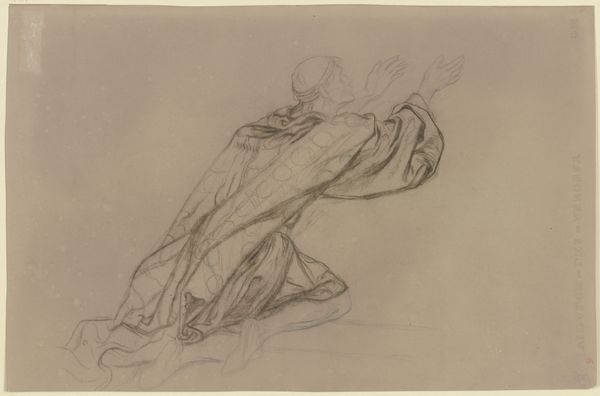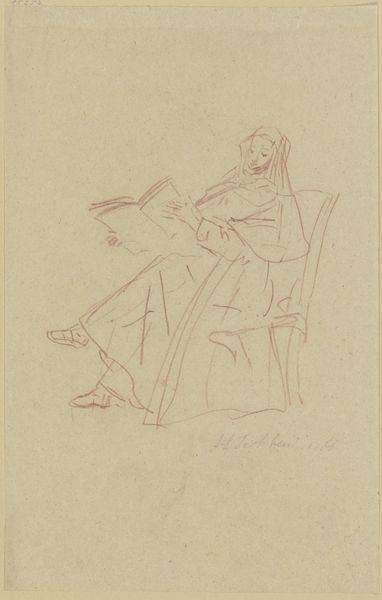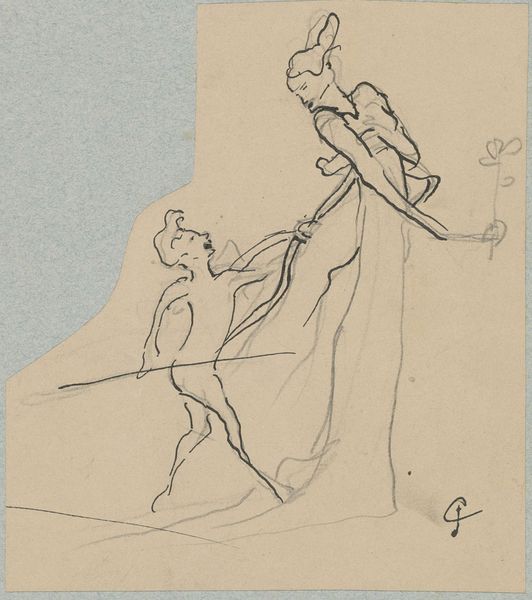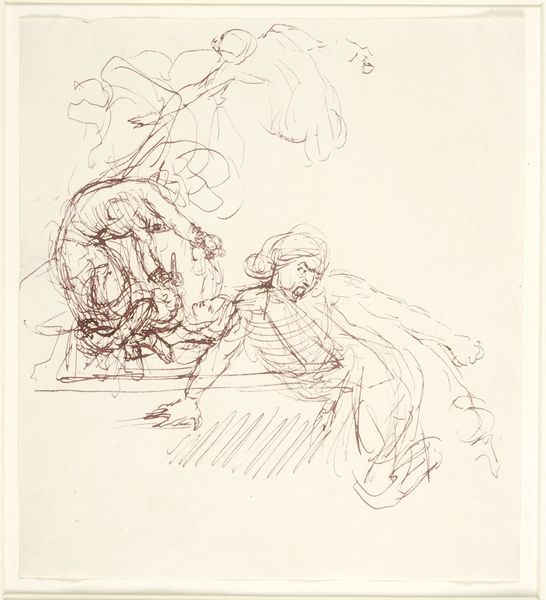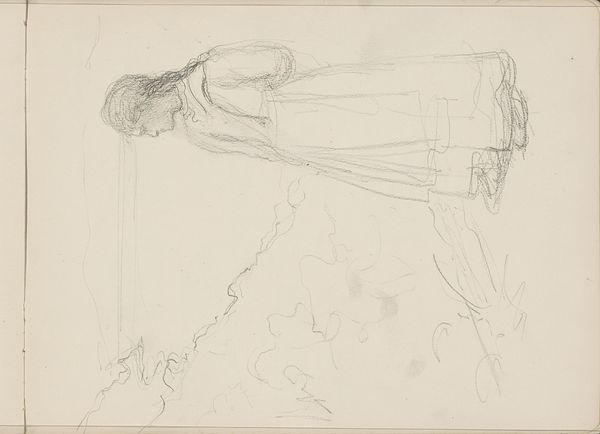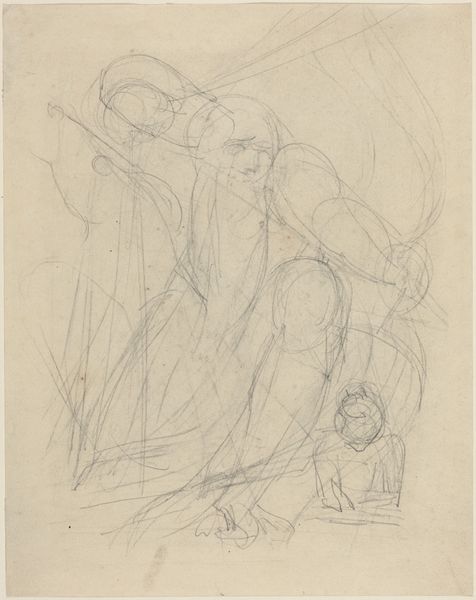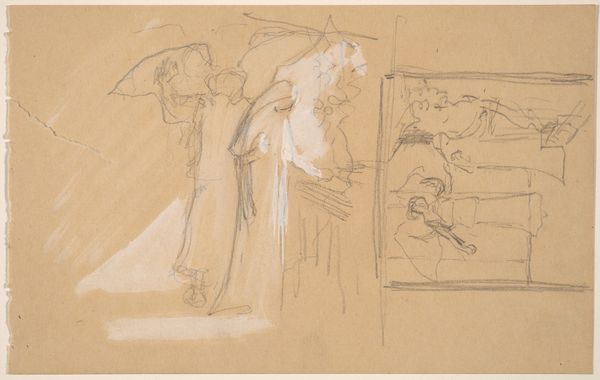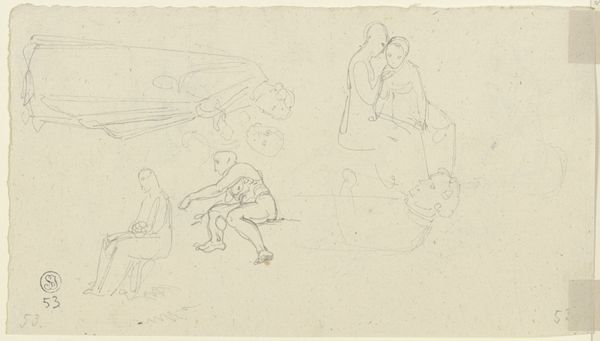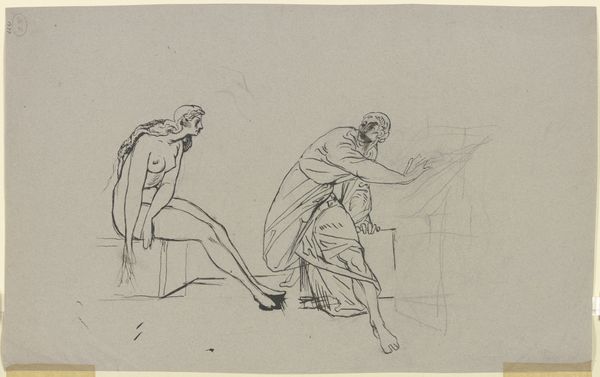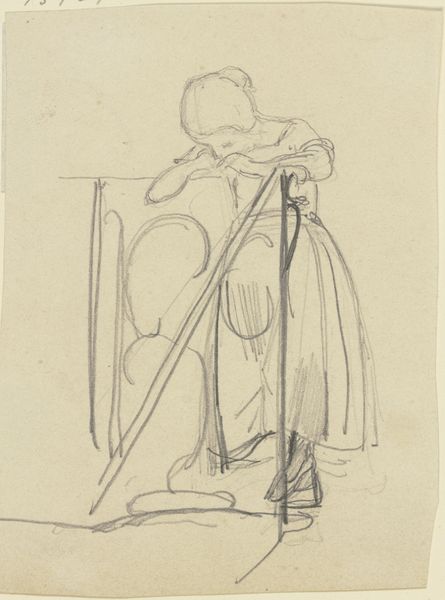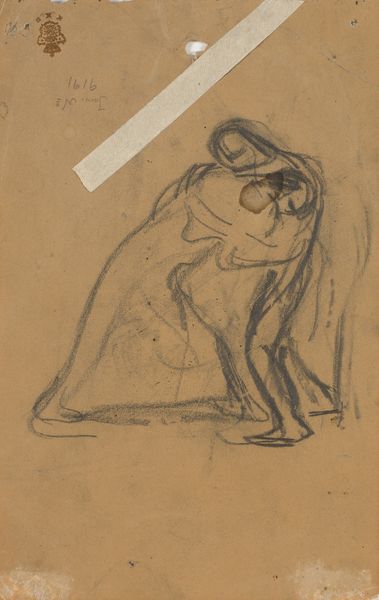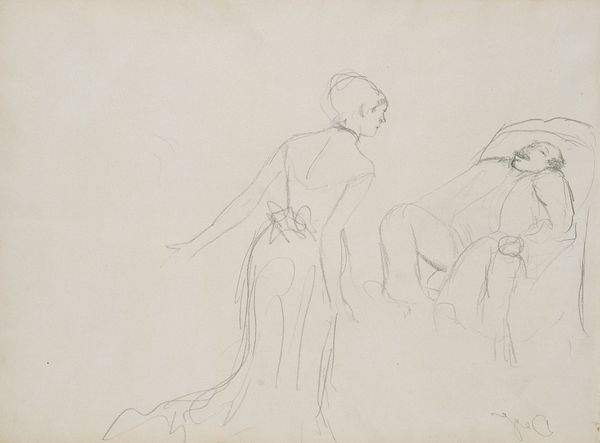![Figure Studies [verso] by Valentine Cameron Prinsep](/_next/image?url=https%3A%2F%2Fd2w8kbdekdi1gv.cloudfront.net%2FeyJidWNrZXQiOiAiYXJ0ZXJhLWltYWdlcy1idWNrZXQiLCAia2V5IjogImFydHdvcmtzL2IzZGEwOGI1LTY0OWEtNDlmNC1hNWViLTA0NTkwZDFjOWYxMC9iM2RhMDhiNS02NDlhLTQ5ZjQtYTVlYi0wNDU5MGQxYzlmMTBfZnVsbC5qcGciLCAiZWRpdHMiOiB7InJlc2l6ZSI6IHsid2lkdGgiOiAxOTIwLCAiaGVpZ2h0IjogMTkyMCwgImZpdCI6ICJpbnNpZGUifX19&w=3840&q=75)
drawing, pencil
#
portrait
#
drawing
#
pencil sketch
#
figuration
#
pencil
#
portrait drawing
#
academic-art
Dimensions: overall: 35.4 x 25.5 cm (13 15/16 x 10 1/16 in.)
Copyright: National Gallery of Art: CC0 1.0
Curator: Valentine Cameron Prinsep, though perhaps lesser known today, was quite the celebrated society painter in his time, close with luminaries like Kipling and Leighton. What we have here is his study "Figure Studies [verso]", a series of pencil sketches. It appears to me as unfinished work of preparations and it could show either preliminary drafts of more elaborate and complex pieces or could simply be some sketches of academic life during his formative years. What jumps out at you, Editor? Editor: I immediately register a hushed intimacy. These lines are so tentatively drawn, so faint, that the scene feels almost stolen from a private moment. I’m curious about the weight of the paper— the weave—and what kind of pencil he used, whether it’s hard or soft graphite, smudged intentionally, or just through handling. It tells a lot about the artistic work that happens here. Curator: Indeed. Academic art always seems to aim at capturing a truth, an underlying structure or beauty in form, almost mathematical in its pursuit. Seeing the process laid bare like this offers something raw. What's your impression of that technique? Editor: Right. Seeing the bare process interests me most here. I think often with academic sketches like these, it is also very relevant where exactly the resources for creating the piece are from and where does the artist get access to them, and what labor went into the materiality. Curator: Absolutely, and looking closer, there seems almost an innocence to their candid depiction, maybe that's just the lightness of pencil? And that focus on raw process. Do you get that, that sense of the unrefined in academic tradition, when the final artwork would certainly try to disguise its work? Editor: It's true! There is that unrefined element; it reminds us that every finished artwork is essentially just the endpoint on a longer journey of work and choices. Seeing these studies breaks the veneer. It allows us to question what’s polished versus what’s revealing. Curator: Exactly. Editor: Exactly and what the artist's access to tools and materials was during that period and formative steps, since the history of artistic education tells its own story in tandem. I appreciate your fresh perspective. Curator: Likewise. It's easy to get lost in art history, when sometimes you need to pull back and think of who's at the source: who's creating what and how, where.
Comments
No comments
Be the first to comment and join the conversation on the ultimate creative platform.

